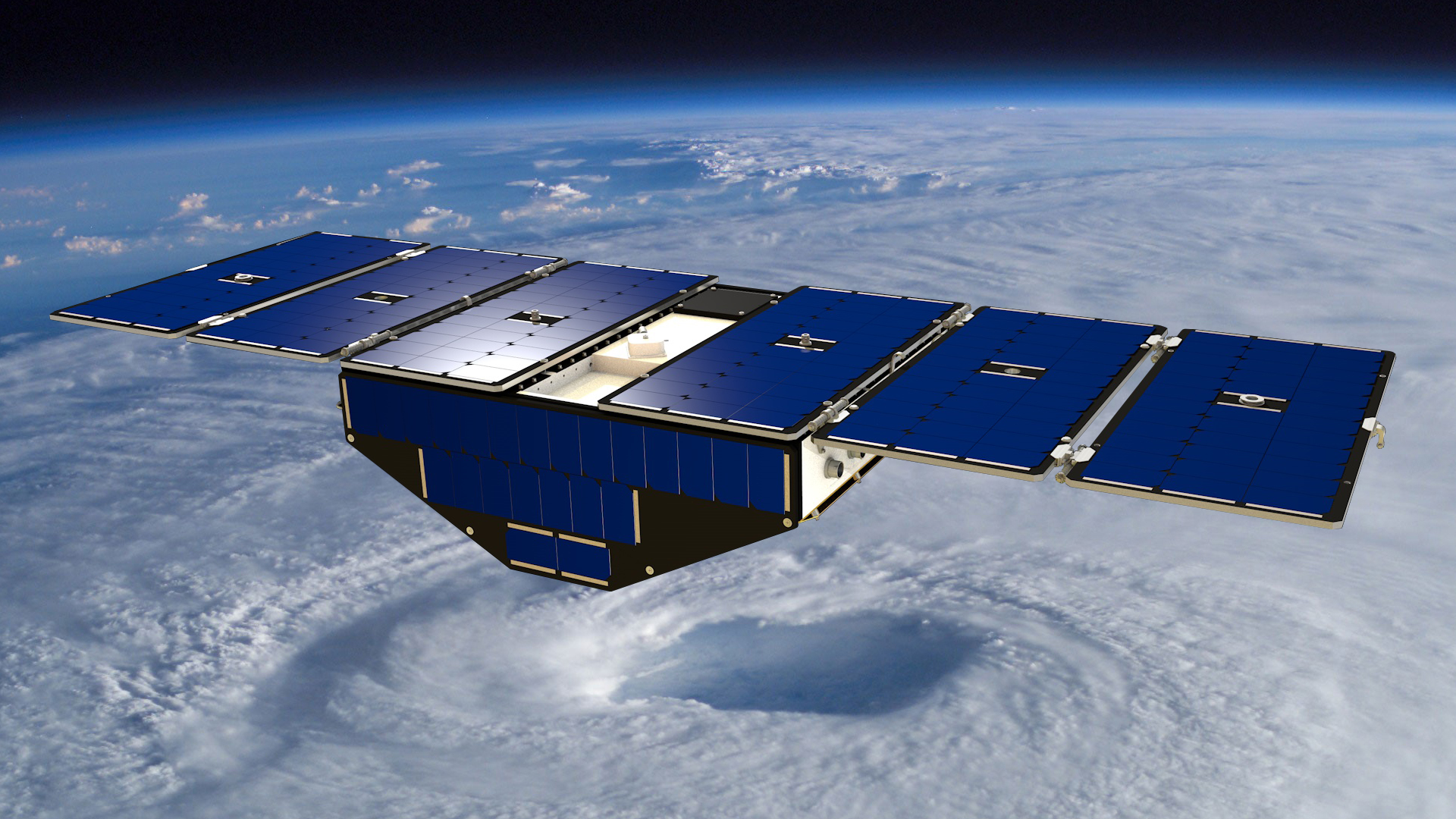NASA to Launch New Small Satellite Missions to do Real Science
NASA is about to launch six new next-generation Earth-observing small satellites — some as small as a loaf of bread. These tiny spacecraft are helping to foster creative and cost-effective approaches to studying our planet. This page contains a short overview video as well as a series of conceptual animations of small sats being launched, deployed, in orbit over the Earth collecting data, and in comparison in size to both a person and a traditional large satellite. Note: While these animations are based on real satellite models, they are intended to be generic and not perfectly descriptive of any particular small sat mission. For more on NASA’s small satellite program: https://www.nasa.gov/press-release/nasa-to-hold-media-call-on-new-small-satellite-missions-to-study-earth.
This short overview video outlines the capabilities of small satellites.
Complete transcript available.
Small sats often hitch a ride on a larger launch vehicle carrying a different payload. This is a view of that vehicle approaching orbit.
A wide view of a series of small satellites being deployed from a single rocket.
A close up view of a series of small satellites being deployed from a single rocket.
A close up view of a small satellite in orbit.
Small sats can collect data individually or in formation. This view is of a hypothetical "string-of-pearls" formation with satellites collecting data over a hurricane.
A moving illustration of the difference in scale between a small sat, a human, and a traditional large satellite.
Credits
Please give credit for this item to:
NASA's Goddard Space Flight Center
-
Animators
- Chris Meaney (HTSI)
- Adriana Manrique Gutierrez (USRA)
-
Videographer
- Rob Andreoli (Advocates in Manpower Management, Inc.)
Release date
This page was originally published on Monday, November 7, 2016.
This page was last updated on Wednesday, May 3, 2023 at 1:48 PM EDT.

![Complete transcript available.Music credit: 'Cycle of Life' by Philippe Lhommet [SACEM] from Killer TracksWatch this video on the NASA Goddard YouTube channel.](/vis/a010000/a012600/a012602/LARGE_MP4-12602_Dellingr_large.00000_print.jpg)